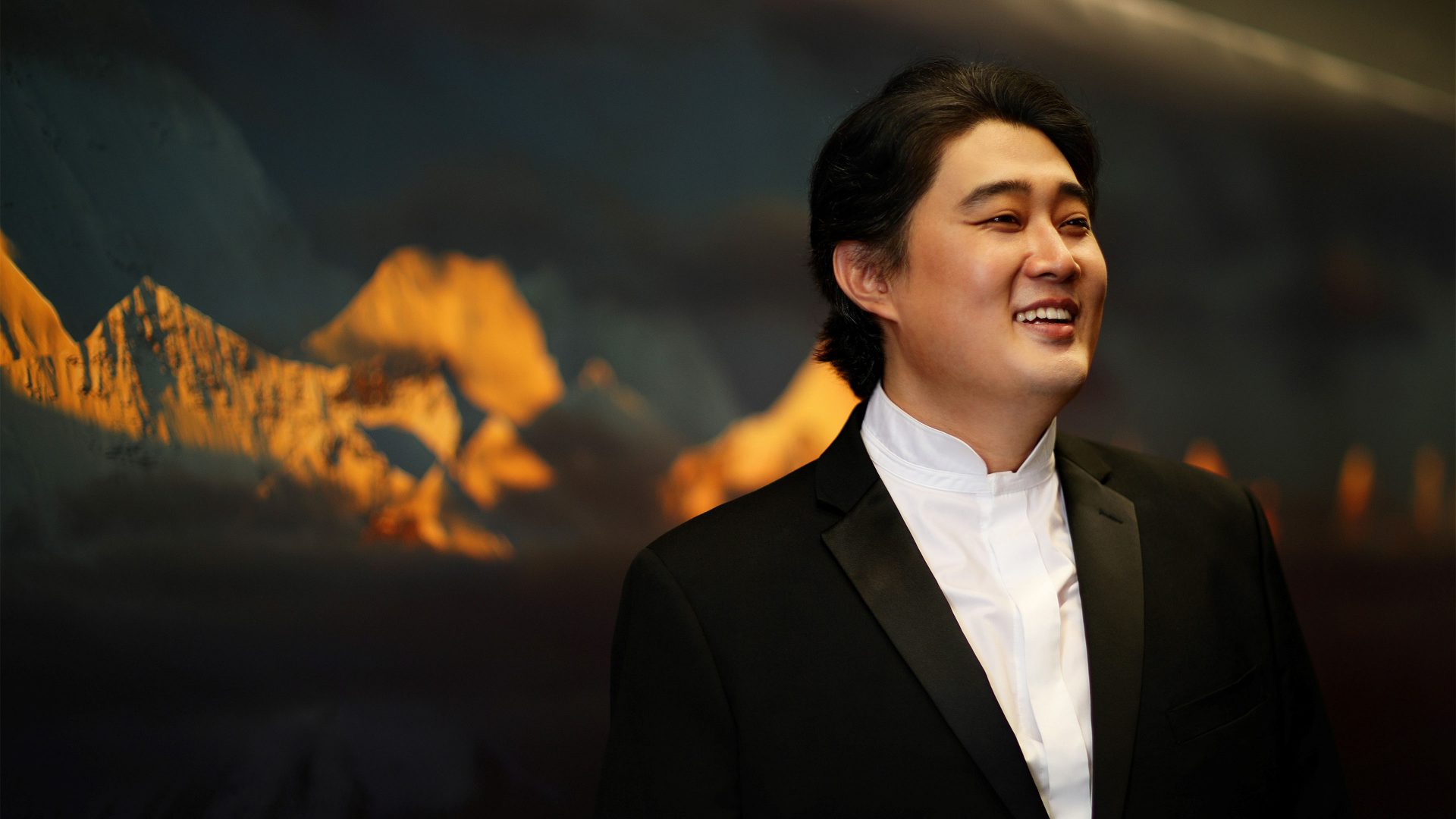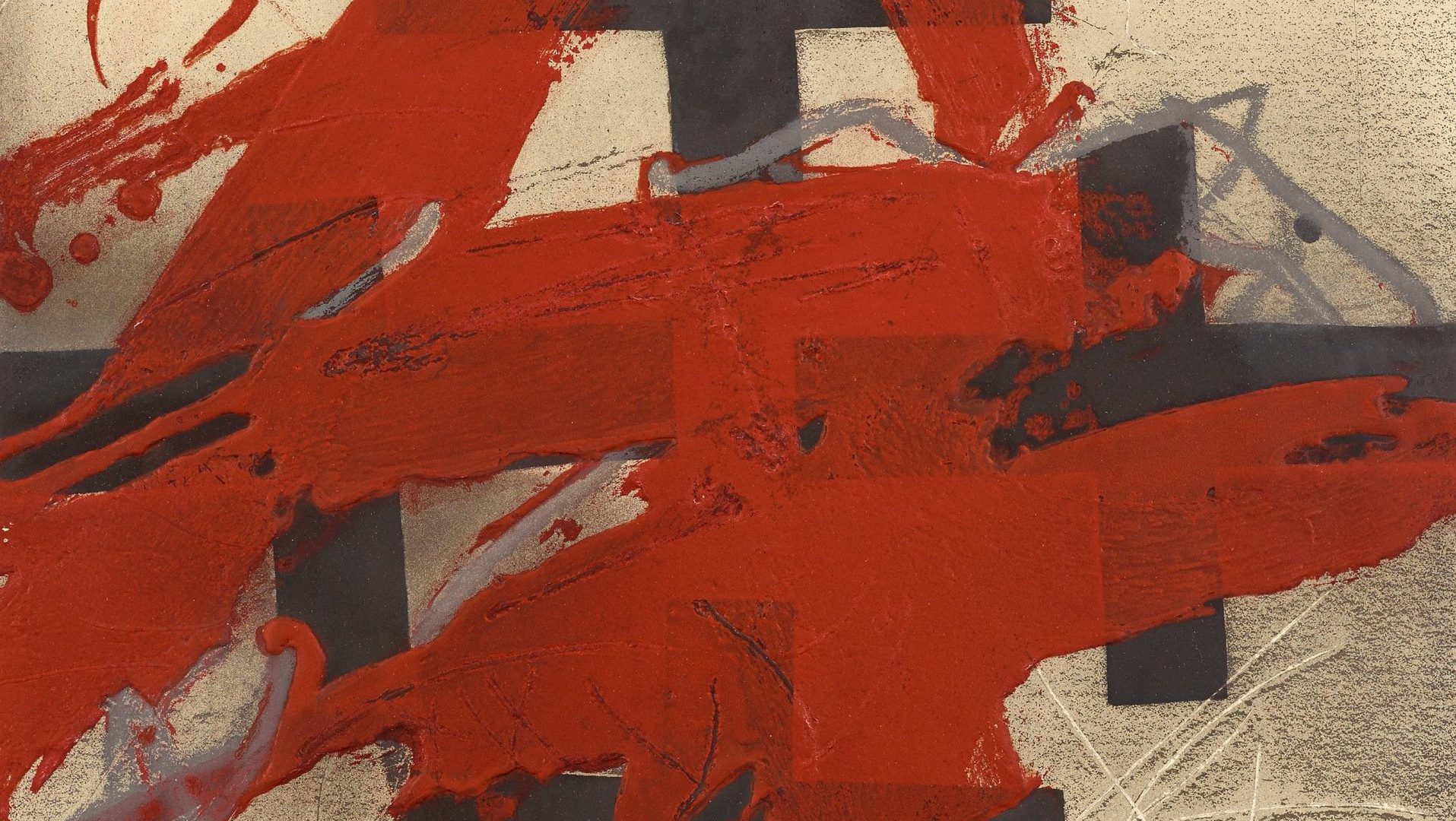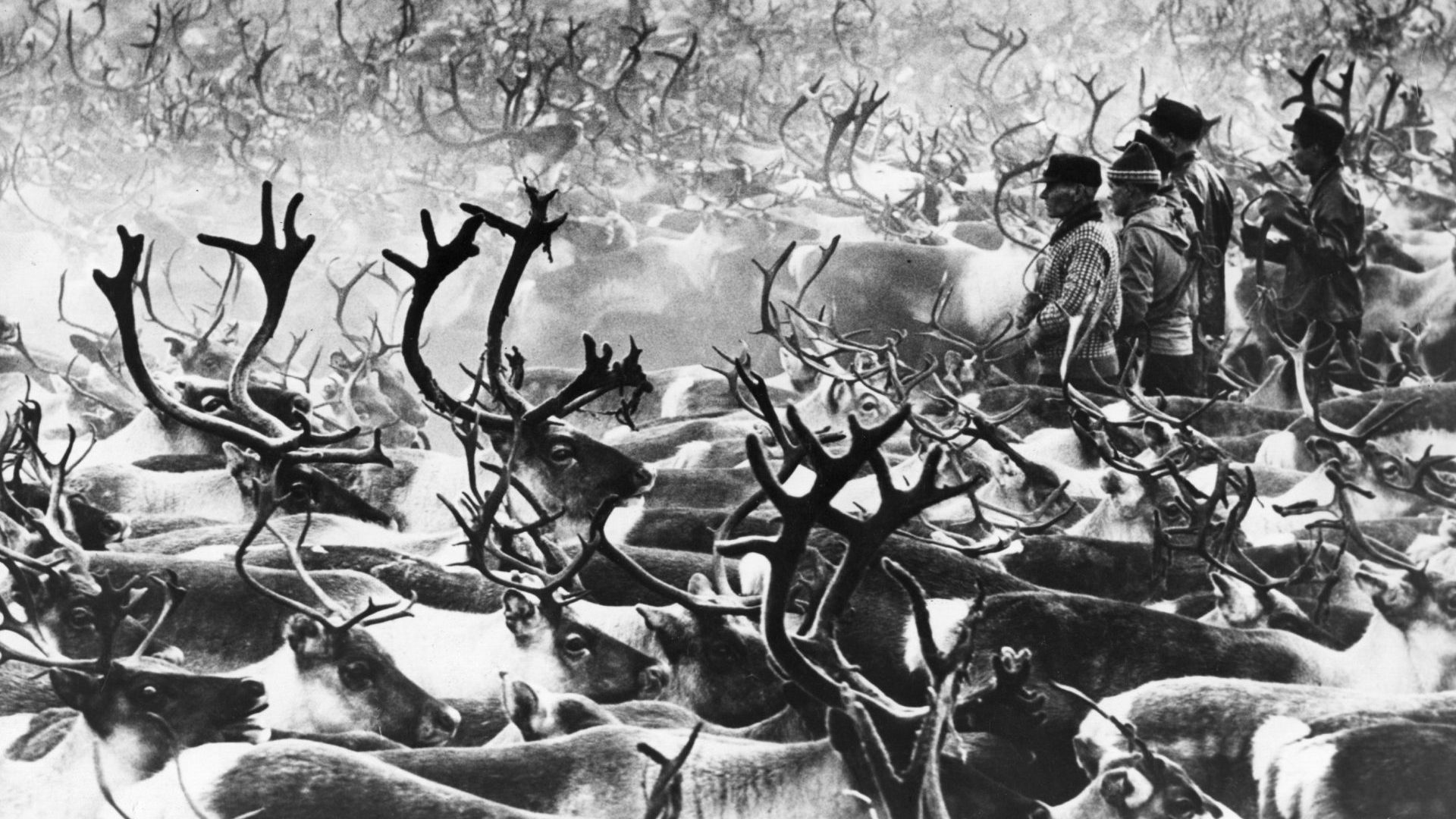When the Chinese bass-baritone Shenyang said goodbye to the final musical fan who sought him out backstage at London’s Wigmore Hall after well over an hour of greeting them, he looked exhausted and shellshocked. “They all had many questions about the programme,” he told me, in a slight daze. All wanted selfies, all wanted a deep discussion about the song recital he had given, all wanted to congratulate him.
Shenyang’s concert programme sounds like a European showcase, with Lieder from Germany, a French chanson, the ebullient folksy Song of Wine, from English composer Cyril Scott. Czech, Swedish, Polish and Mandarin also featured, with Shenyang’s expressive, velvety singing adding a rich elegance to them all. But what they had in common wasn’t their Europeanness. In fact, they were all (mostly) 20th-century settings of seventh-century Tang Dynasty poems in a song cycle curated for the beginning of the Chinese new year by Shenyang, who is fascinated by the interplay between China’s arts and western classical music.
Traditionally, it’s assumed that there is only a west-to-east movement –
European-origin classical music has been enthusiastically exported to China, where new generations of highly skilled, hard-working musicians play to large audiences. Some, like the pianist Yuja Wang – are now among classical music’s biggest stars. Shenyang won the prestigious Cardiff Singer of the World competition and built an impressive international career.
But the traffic was never just one way. Shenyang finished with a composition
from Ye Xiaogang’s Song of the Earth, composed as a counterpoint to Mahler’s monumental Das Lied von Der Erde (1909). Both are based on the same Tang Dynasty poems, which Mahler encountered in German, translated from an imperfect but poetic 19th-century French translation from the original Mandarin. Despite the shared source, both pieces are distinct, with Mahler’s a dark exploration of sadness and disillusion, and Ye’s lighter in tone, focusing on the original themes of love, pleasure and death, incorporating Chinese musical features such as the five-tone scale and vocal glissandi. But the latter doesn’t sound out of place in a European concert hall. Quite often, Ye once told me, the difference in performance is not in the composition but the individual interpretation of the conductor.
Mahler came across the poems at a time when European interest in all things Chinese had flowered, following the 19th-century opium wars. Chinese melodies were transported by musicians and traders – sometimes through music boxes. Composers such as Puccini started to adapt them. Russian-born Alexander Tcherepnin, whose West River Moon, performed by Shenyang with the original Mandarin lyrics by the poet Li Bai, was a key mediator, having fled the Bolshevik revolution for China and encouraged its composers to make “Chinese-sounding” classical music. Chinese musicians went on to work with European composers, such as Nadia Boulanger in Paris. During the Cultural Revolution, for which foreign music was an abomination, the musicians that fled to Europe and the US infused their varied compositions with sounds of their Chinese heritage, which in turn began to feature in the classical mainstream.
But it was centuries earlier, back in 1601, that the contact began, when western music was officially introduced into China by a Jesuit missionary who presented a clavichord to Ming emperor Wanli. Even earlier, in the late 15th century, Chinese prince, mathematician and musicologist Zhu Zaiyu was among those who pioneered the now indispensable system of “tempering” keyboard instruments, which makes them tuneful in every key, as demonstrated in Bach’s The Well-Tempered Clavier.
The Chinese audience members in Wigmore Hall were fascinated by the
interpretations by Europeans who had mostly not been to China, nor even
heard the language: “I can’t define it, but that Swedish composer really gets it,” said one young Chinese baritone queuing up to speak to Shenyang, of Ture Rangström’s soulful Afskedet, or Farewell, which begins: “My friend,
fortune was not kind to me on earth. Where am I going? I go to the mountains. I seek peace for my lonely heart.”
Some demonstrated a startling affinity with the original work. Polish composer Pavel Haas was in a concentration camp when he wrote the
searing Far Is my Home, O Moon, after Zhou Juiling. Soon after its completion, he was transferred to Auschwitz, where he died. “Sleep, give me a dream about returning home,” Shenyang sings, with longing.
Reaching across 13 centuries and two continents, the poet’s and composer’s
melancholy and sorrow unite in intensity – a timely reminder that the human condition is universal, and that when expressed in music, it transcends words and any sense of race and nationhood that so many still regard as unique and exclusive.




